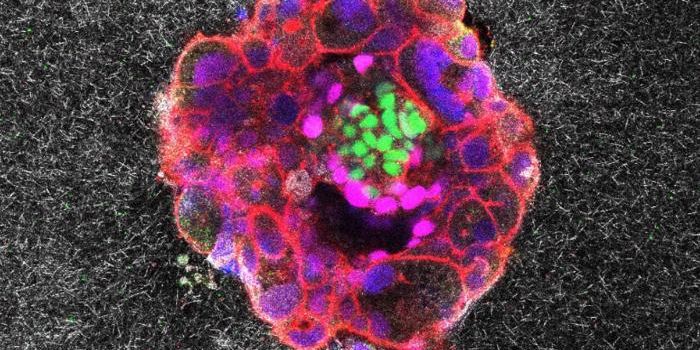Chameleons may not be the only creatures on the planet capable of shade shifting, but they're probably the best at it-panther chameleons in particular. They can go from green and blue hues to yellow and red ones in a matter of minutes, and scientists say they now think they know how. Reporting in Nature Communications, researchers say that instead of relying on pigments, these reptiles also boast nanocrystals called iridophores beneath their skin, which contract or expand to essentially reflect different levels of light. To study this, the researchers observed the male panther chameleon of Madagascar-which isn't easy given how skilled they are at shade shifting. "I assure you: In Madagascar, they are really difficult to spot," study co-author Michel Milinkovitch, a biophysicist at the University of Geneva, tells the Los Angeles Times.

By filming color changes and examining the chameleons' skin using transmission electron microscopy, the scientists were able to see two layers of skin with iridophores. It turns out that tiny guanine nanocrystals boast very specific spacing between each crystal that in turn reflects different layers of light-shorter spacing reflects blue light, longer spacing red. By interacting with yellow pigment cells (xanthophores) in the skin, greens and oranges emerge. What's more, some less-organized crystal spacing may even reflect near-infrared light, helping to cool the chameleons. "We need to continue investigating the chameleons," Milinkovitch adds, "because part of the answers are there and nowhere else."
Source: Newser









